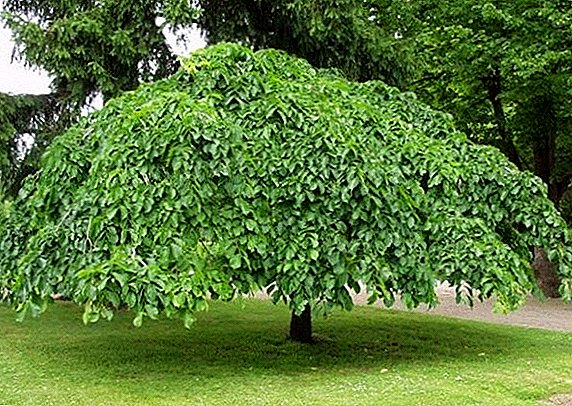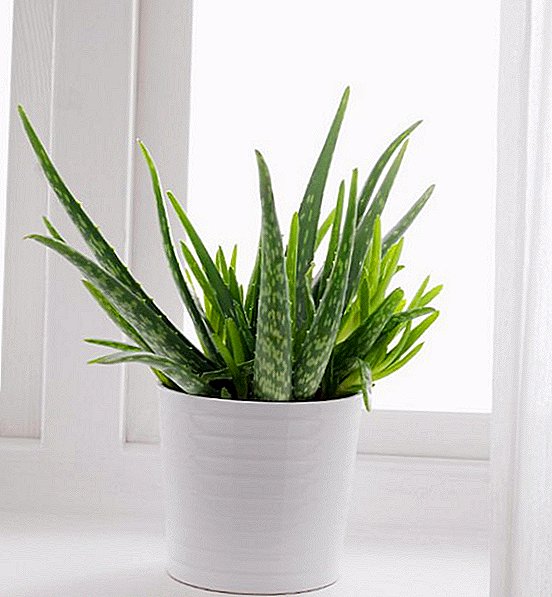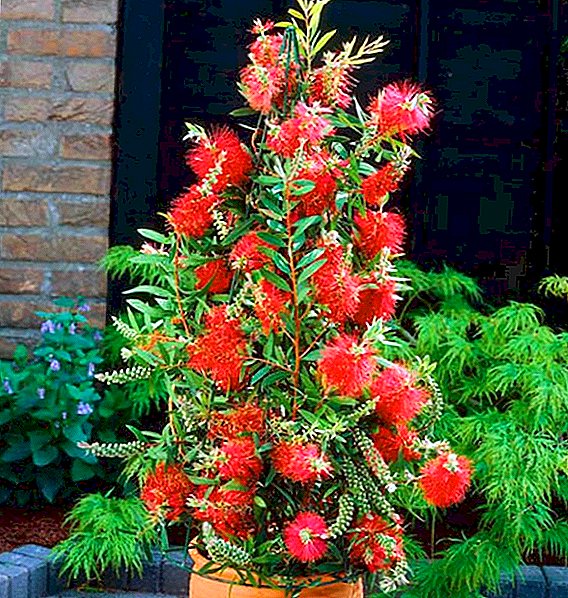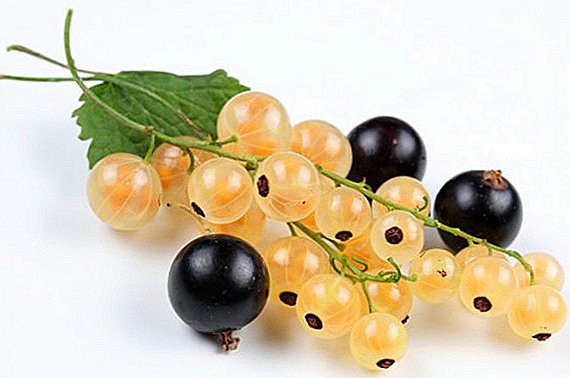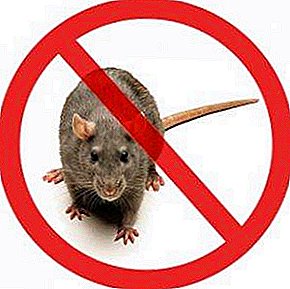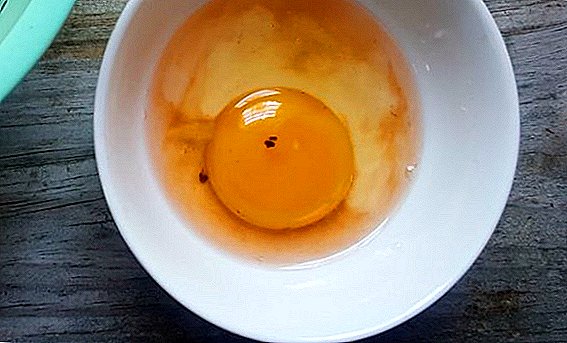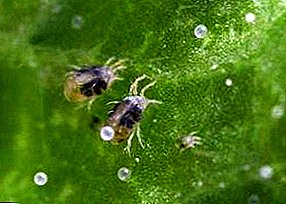
Owners of chicken coops often face the problem of balding their birds. Scientifically, this disease in chickens is called alopecia. The causes of its occurrence can be many, so let's see in more detail why it occurs and how to treat it.
What is alopecia in chickens?
This is a disease that leads to baldness. This does not mean the discharge of feathers in the seasons, but the problems with the body of the chicken, while the feathers fall out of season and their loss increases.
Alopecia is divided into two types:
- Partial - occurs throughout the body and in small quantities, so it is difficult to notice.
- Full - noticeable bald spot on the affected area of the body.
Causes of disease
The probable causes of alopecia in chickens can be:
- Malnutrition.
In chickens, alopecia most often occurs if the poultry diet does not have enough micronutrients and vitamins, or, conversely, because of their oversupply.
More often these problems arise when the owner does not know how and in what quantities to add useful substances to food, and some of them are not compatible at all and are only digested separately from each other. Or, the chicken lacks the amount of the food itself, especially during the molting period, and it cannot compensate for the fallen plumage, which leads to baldness.
- Bad conditions of detention.
Namely, baldness can occur due to:
- high humidity (it should be no higher than 60%);
- wrong temperature;
- due to lack of ventilation;
- unsanitary conditions, in the absence of regular cleaning;
- drafts;
- lack of vitamin D due to insufficient sunbathing and walking.
- Common cause of alopecia are skin parasitesthat feed on feathers.
For example, chicken mites, fluffy meals and fleas, can lead to baldness of chickens. Possible damage to feathers by rats or mice. If the chicken has weak immunity and the parasites are very raging, then it can be very pecking, perhaps even the emergence of cannibalism among birds.
Symptoms and course of the disease
First, the plumage begins to fall on the tail, then on the back, neck and head. Wings are affected at the last moment. Feathers become faded and not elastic, down can also fall out. As a result, the loss of so many feathers is possible that the birds remain practically bare. There may be skin lesions, bruises near foci of alopecia.
Changes in the internal organs are not characteristic, if you immediately pay attention to the problem and cure it. But if you do not eliminate the cause of falling feathers, then due to beriberi and the addition of infection, violations in various organ systems are possible. Lack of vitamins in the hens, due to illness, can lead to the fact that the chicken will rarely rush, or stop it altogether.
Diagnostics
There are several options for confirming the diagnosis. The first is to contact a veterinarian. Secondly, it is enough to examine the bird and see a certain symptom of feathering out of season, and the availability of conditions for alopecia.
Modern methods of treatment
In order to cure, you must first remove the causes of the disease:
- Adjust feeding and ensure the supply of healthy minerals and vitamins with food.
- Improve conditions and eliminate vitamin D deficiency.
- For the treatment of parasites can be poured into a basin of ash, in which chickens will bathe, thereby killing pests.
For quick and effective treatment and restoration of plumage, as food additives are used: B-12 and other vitamins, calcium (gypsum, chalk, tricalcium phosphate and monocalcium phosphate), potassium iodide, manganese sulphate, meat and bone meal, sulfur (2-3 mg per 1 individual), you can drink once a day with iodine or weak potassium permanganate.
What medicinal methods can be applied:
- Chiktonik is a complex vitamin preparation that helps eliminate micronutrient deficiencies.
- Gamavit It can be used for chickens with weak immunity.
- Gansupervit. Multi vitamin supplement.
- Desi spray. Spray, which is used on the surface of bare skin, in case of wounds.
- Operin. Feeding mixture to restore feathers.
- Also, if alopecia is caused by parasites and the ash does not help, it is necessary to use an anti-parasitic agent (Frontline, Neomostosan, Ivomek).
- Insect-acaricidal powders treat a chicken coop (up to 150 g per 1 meter) and birds (10-15 g per chicken).
You can still use traditional methods of treatment.:
- Grind fallen feathers and add this mixture to food. Feathers contain cysteine, which contributes to their formation.
- Giving crushed horns and hooves, so that the bird would get the missing trace elements from them.
Prevention
If the birds' feathering is restored, and they once again delight with their beauty, then in order to prevent the reappearance of the disease, one should adhere to several easy rules:
- During molting, it is desirable to give the bird food rich in organic sulfur: cabbage leaf, legumes, meat and bone meal, and blood meal.
Important! If you give the beef thyroid to the chicken, then alopecia may appear.
- Feed should be sufficient and it should be rich in essential minerals and vitamins.
- Frequent cleaning and disinfection of the chicken coop will prevent problems with feathers and health.
It is necessary to organize a box in the henhouse with ashes, as a preventive measure against skin parasites, and it is also possible to lubricate the bases of bird feathers with vegetable oil. It is advisable to concreted the floor and cover up all the cracks in the hen house, thus preventing the penetration of rodents.
To maintain the health of chickens, you need to follow the principles of proper maintenance and care. To prevent vitamin D deficiency, it is recommended to install ultraviolet lamps in winter, and in summer it is necessary to release birds to fresh air and sunlight for 6-8 hours.
Conclusion
Alopecia in chickens, although not a pleasant sight, is not a terrible disease. And if in time to find out the cause and cure the birds, it will not entail any consequences. And even better, knowing the right conditions for the maintenance, feeding and prevention of parasites, prevent disease.


